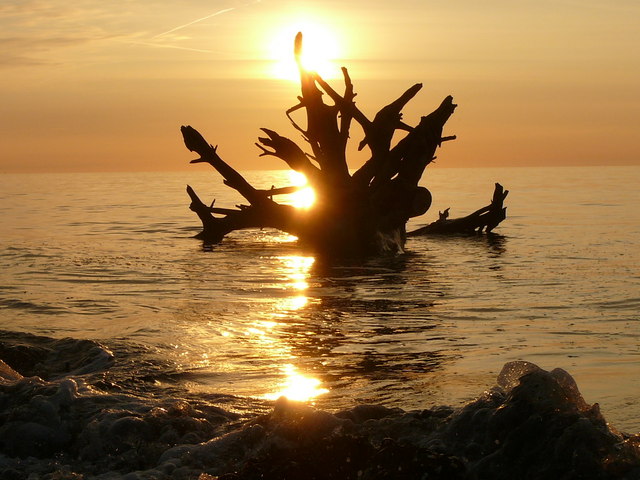
We love dinosaurs, but we never shared the planet with them. Such was not the case with woolly mammoths, which we once hunted, chowed down on, and used for tools and building materials. You don’t see T-Rexes on cave walls, but some of the earliest sculpture and art by human hands depicts these elephantine throw rugs.
Today, their well-preserved remains contain muscle, blood, teeth, bone, tusk and even brain. We’ve recovered and sequenced mammoth DNA, something we’ll never be able to do with dinosaurs. But if all you know about these majestic creatures comes from old Flintstones episodes, then join me as I explore …

